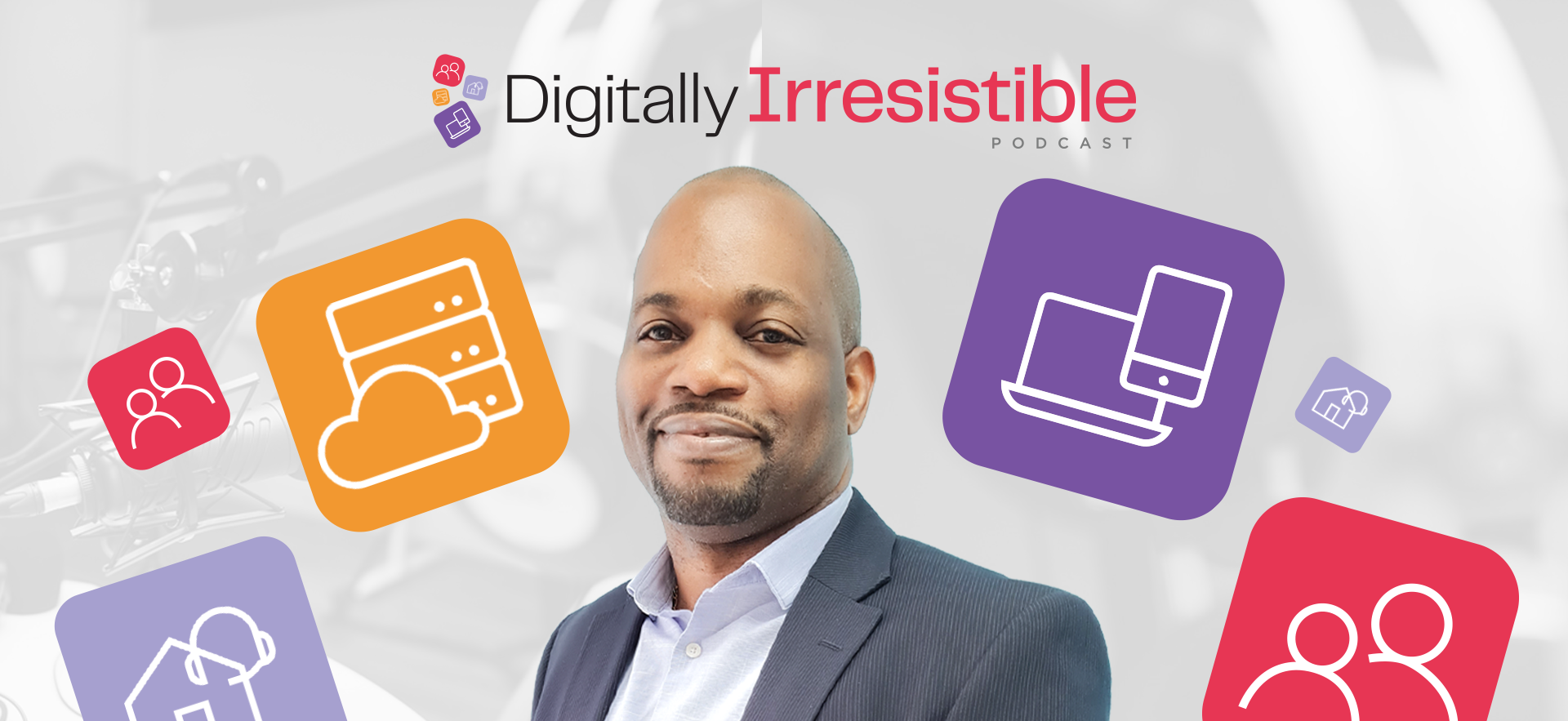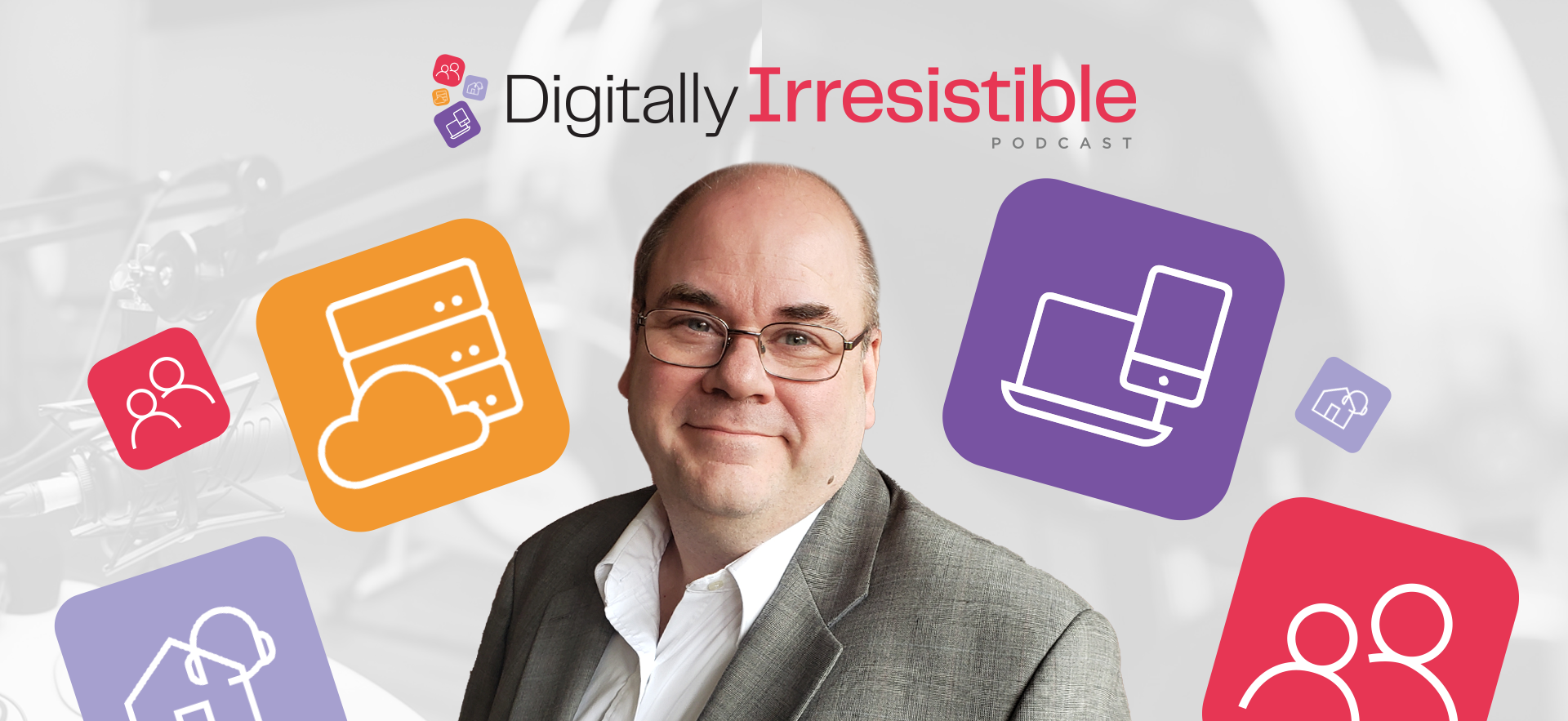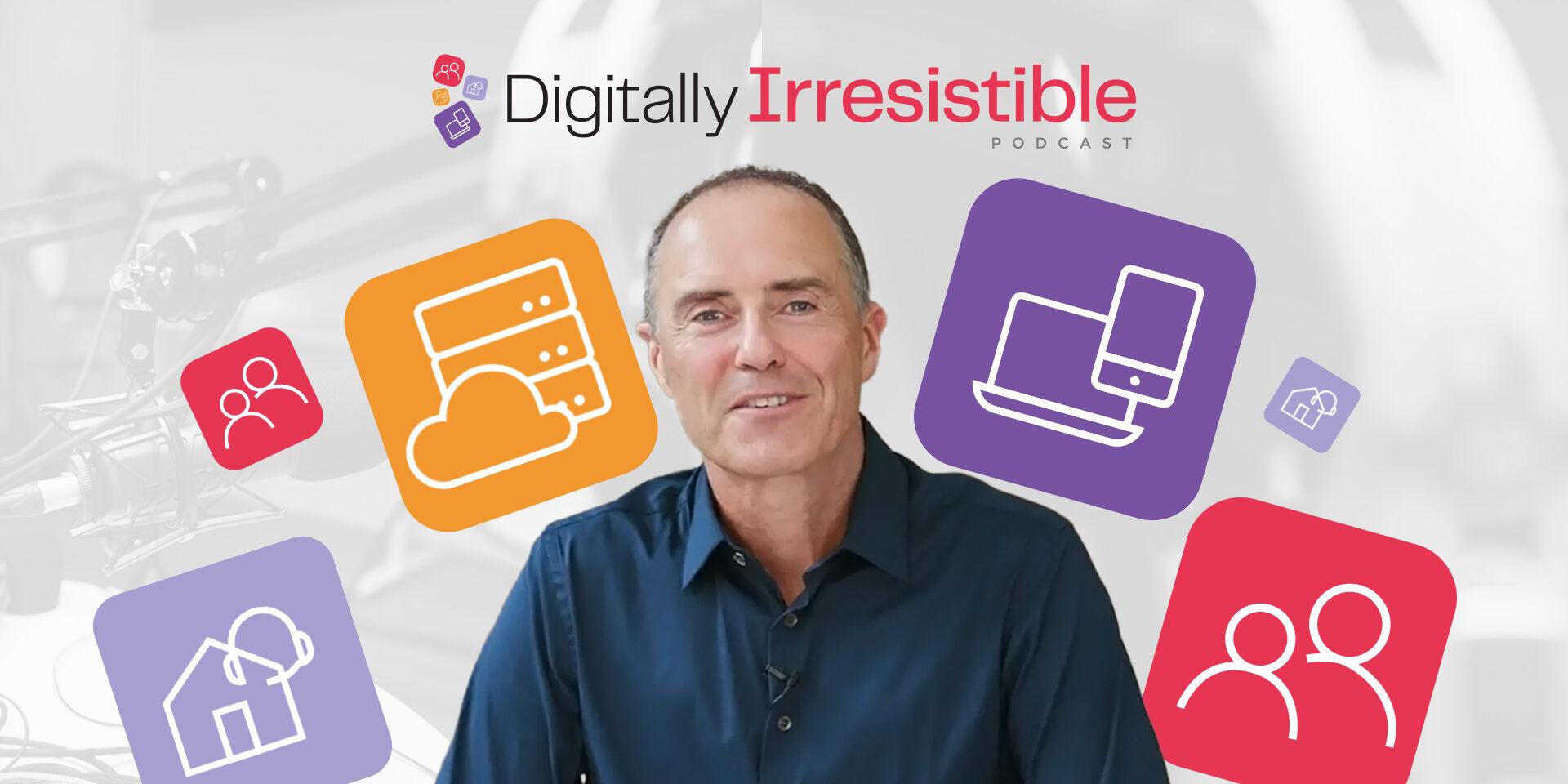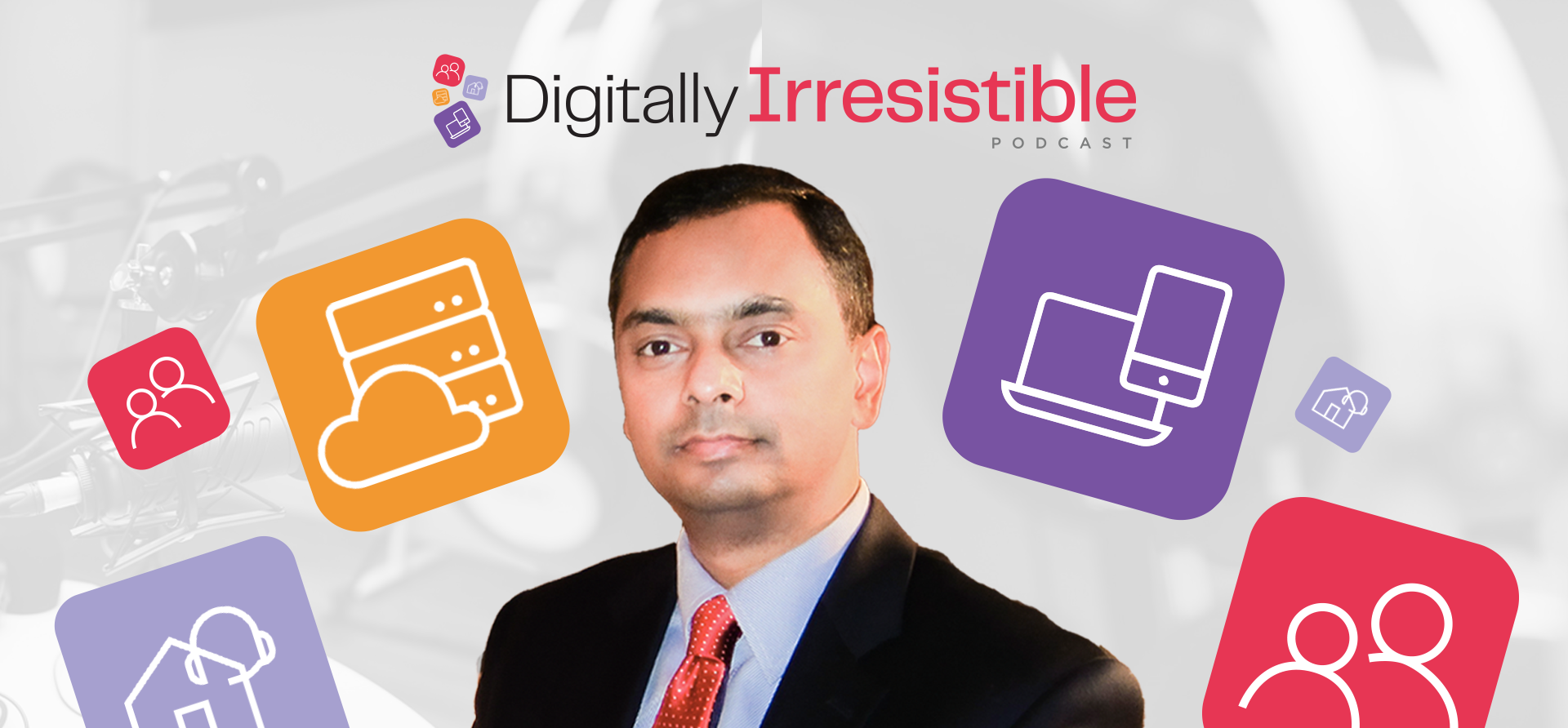Customer Experience Strategy Goes from Academia to Real World
William Huggins, DBA, is Vice President Operations and Country Lead at iQor Trinidad. In this episode, we discuss his purpose-driven approach to leading the iQor team in Trinidad. William recently completed his Doctorate in Business Administration (DBA) with a concentration in customer experience. He explains how he is applying his previous work experience, his education and his purpose-driven approach to leading the iQor team in Trinidad.
His Previous Experience Set the Stage for His Current Role
William’s past roles have led him to iQor in this leadership role. He has worked in several industries in different roles including marketing, sales, business development and customer experience. Of all those roles, he attributes the most impactful in his career to roles in the contact center industry. When the VP Operations, Country Lead position in Trinidad became available at iQor, he jumped at the chance to apply his professional experience, his education, and his passion for the local economy. iQor is a dynamic and innovative customer centric organization that is passionate about its employees, its customers and the local communities in which it operates, all of which excited William.
How His Doctoral Dissertation Aligns
William explains that his doctoral dissertation addresses a gap in customer experience theory which he describes as a lack of constructs of the customer experience and its impact at each stage of the consumer buying process. His dissertation is a unique study that unearthed a new theory and valuable knowledge for customer experience practitioners.
He examined over 50 years of scholastic work conducted on customer experience and concluded that any given customer experience is created by the combination of four attributes, or dimensions, explained in the acronym FACT. This is how they breakdown:
Functionality refers to the physical aspect of a company’s core product and service offering.
Aesthetics involves the appearance of a building or staff (the look and feel).
Communication with customers is considered fundamental to a CX strategy.
Talent involves the people and culture of an organization.
How His Doctoral Dissertation Correlates to His Leadership Role at iQor Trinidad
William points out that customer experience IS iQor’s business. We interact with customers for the brands who entrust us to answer their questions and solve their problems. Hence, having a deeper understanding of what creates an excellent customer experience enables William to lead our team in Trinidad to focus on those key dimensions and sub-dimensions in the delivery of an exceptional experience to our client’s customers.
What It Means to be Purpose-Driven in His Leadership Role
For many years, the Trinidad and Tobago (TT) economy was largely driven by oil and gas. While there have been many discussions about diversification of the TT economy it has been slow in coming. Because of William’s involvement in the BPO industry for several years, he has long had the desire to influence the development of the BPO industry as an alternative revenue source for the TT economy. iQor provides William the opportunity to impact diversification in TT and to create desirable jobs for his fellow Trinidadians. As a result, William’s passion is to position iQor TT as the BEST place to work and the most desirable contact center location for our clients.
iQor Trinidad employees are all local Trinidadians. William points out that he grew up in TT. He knows firsthand how passionate, and performance-driven his fellow Trinidadians are. As an example, he boasts that a client in the home services industry has ranked iQor Trinidad as their #1 BPO in performance among ALL their contact centers globally! And he mentions with pride that this same team is currently leading the pack in 2021 with the same client.
Why iQor is a Great Place to Work for Local Trinidadians
William points out the obvious to me, that iQor has an irresistible culture. When you couple our irresistible culture with an abundance of opportunities for local talent, iQor is an excellent place for young people to start their careers straight out of a university. Additionally, there are many job opportunities for people further along in their career as well, ranging from frontline agents to roles in HR, IT, Facilities, Operations, Finance, etc.
iQor is fortunate to be expanding even in the midst of the COVID-19 pandemic. We are currently preparing to open our third contact center in Chaguanas, Trinidad. Our TT employee count is currently approximately 1,350 and growing rapidly with expansion from existing programs and new clients coming on board. William says that it is an exciting time to be at iQor TT.
A Situational Leadership Style
I asked William how he is converging his work experience, education, and purpose to lead more than 1,300 people at iQor Trinidad.
He explains that leadership is situational. He adopts an appropriate style to suit each situation.
However, he points out that his inherent leadership style is participative and collaborative. This style is critical to support and drive his purpose of making iQor TT:
- The best destination for our clients.
- The best place to work for our employees.
- The best investment for owners.
- A valuable partner to the local government to assist with diversification efforts.
His Leadership Action Plan
William explains his leadership action plan this way:
- It starts with our people. We have a unique culture that is difficult to replicate. William views his job as to harness this culture and bring out the best in our people to develop them and maximize their career path potential.
- Each employee has something to contribute. He encourages a free flow of ideas.
- Fostering a culture of performance that surpasses client’s expectations and enables continued growth.
- Collaboration with key stakeholders such as InvesTT, Minister of Trade, local universities, Chamber of Commerce all to help iQor TT diversify the economy and enhance communities through its Corporate Social Responsibilities initiatives.
What William Does for Fun When He’s Not Working
William enjoys his work so much that he considers it fun. He also loves traveling with his family to other countries and exploring diverse cultures and foods during non-pandemic times. Additionally, he enjoys watching sports on television, particularly football, basketball and cricket.
Learn more about iQor digital customer experience capabilities.






